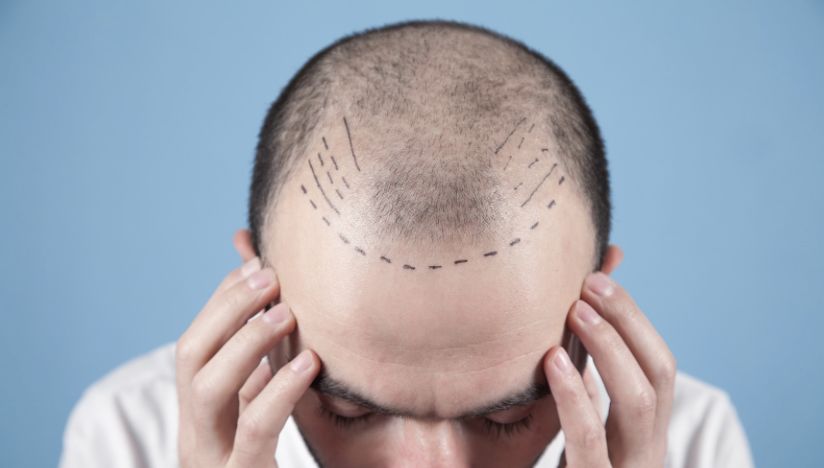Things to Know About Hair Transplantation
Hair loss is an important problem that starts at an early age today. The problem of hair loss, which is commonly seen in men from the twenties, can also be seen in women in some cases. Hair loss, which starts as thinning of the hair and regression of the anterior hairline, may develop due to genetic reasons in men and hormonal reasons and some diseases in women. People with hair loss complaints should first go through a health screening and find out if there is a health problem that causes hair loss.
If health problems such as vitamin and mineral deficiencies and hormonal problems that may cause hair loss are detected, treatment should be applied first. If the shedding continues after the necessary treatments are applied, or if the hair has opened at a level that cannot be healed, hair transplantation can be performed. Today, ethically, hair transplantation over the age of 22 is considered appropriate if needed. For this reason, all individuals over the age of 22 who have hair loss problems can easily undergo hair transplantation.
Recently, commonly used methods in hair transplantation are FUE and DHI methods.
Hair Transplantation with Sapphire FUE Method
Sapphire FUE method, which is an innovative application technique in hair transplantation, is a technique that is frequently used today and allows the transplantation of chest and back hair. In this technique, a micro motor is used, since these tips are 0.6 - 0.7 mm, there is no scar on the back of the neck or where the hair follicles are taken, and the patient feels much less pain after the operation. Since local anesthesia is applied before hair transplantation, the patient does not feel any pain during the operation.
The FUE method consists of several steps. First of all, the hair is cut to a length of 1 mm in order to better detect the hair follicles and to see the area where the hair transplant will be done more clearly. The hair in the chest, back or nape area, where the hair follicle will be used, is also shaved to 1 mm in length. Then, the area to be treated is anesthetized with local anesthesia so that the patient does not feel pain, and the area is prepared for the operation.
The micro-motor tip is immersed in the skin to center the hair follicle, and the hair is removed together with the follicle and the surrounding tissue. This whole structure is called a "graft". While the graft was limited to a single hair follicle at the beginning of the method, thanks to the developing hair transplantation technology, 1 to 3 hair follicles can be removed at once, which means that the operation times are getting shorter. After the hair follicles are removed, they are kept in a special solution until the transplantation process in order not to suffer any damage.
Depending on the width of the area to be transplanted and the adequacy of the donor area, approximately 1000-2800 grafts, that is, between 2500-7500 hair strands, can be transplanted in one session in the FUE technique. During the transplantation process, the direction of hair growth and the hair structure of the patient are also taken into account, and it is aimed to restore the hair to its natural state after transplantation. After the transplantation is completed, the patient is discharged after dressing the operation area. These hairs, which are taken from different regions and transplanted to the desired region, adapt over time to the hair characteristics of the region to which they are transplanted and continue their life with the same appearance.




